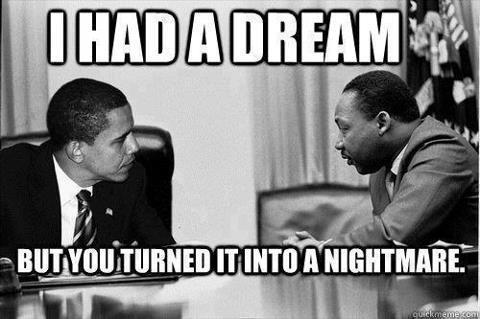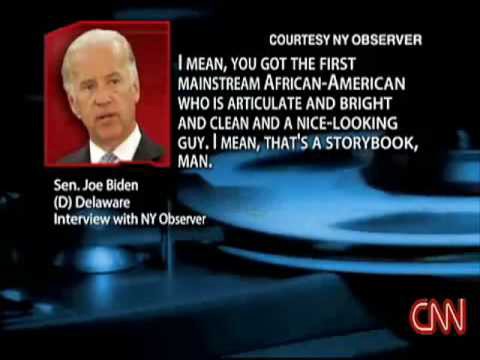Non-Violence in the tradition of Mahatma Gandhi
by Kelly R. Smith

|
Ads we feature have been independently selected and reviewed. If you make a purchase using the links included, we may earn commission, which helps support the site.
Martin Luther King Jr., whose birth name was Michael King, Jr., was born on January 15, 1929 in Atlanta, Georgia. He died on April 4, 1968 in Memphis, Tennessee. He was a Baptist minister and social activist who led the civil rights movement in the United States from the mid-1950s until his death by assassination in 1968. The central theme of his teachings and leadership was his philosophy of non-violence in the tradition of Mahatma Gandhi.
The King Center explains the Triple Evils that MLK defined, “The Triple Evils of POVERTY, RACISM and MILITARISM are forms of violence that exist in a vicious cycle. They are interrelated, all-inclusive, and stand as barriers to our living in the Beloved Community. When we work to remedy one evil, we affect all evils. To work against the Triple Evils, you must develop a nonviolent frame of mind as described in the ‘Six Principles of Nonviolence’ and use the Kingian model for social action outlined in the ‘Six Steps for Nonviolent Social Change’.”1
The Triple Evils
- Poverty. This Evil encompasses unemployment, homelessness, hunger, malnutrition, illiteracy, infant mortality, and slums. Poverty is not something new but we now have the resources to get rid of it. “The well off and the secure have too often become indifferent and oblivious to the poverty and deprivation in their midst. Ultimately a great nation is a compassionate nation. No individual or nation can be great if it does not have a concern for the least of these.”1
- Racism. This Evil refers to prejudicial mindsets, South Africa style apartheid, continuing ethnic conflict, anti-Semitism, sexism, colonialism (the one that Obama is frenetic about), homophobia, ageism, discrimination against disabled groups, stereotypes.
- Militarism. This Evil concerns war, imperialism, domestic violence, rape, domestic terrorism (Antifa, BLM), human trafficking from undocumented illegal aliens to sex workers, media violence, drug proliferation, child abuse, and violent crime.
King’s Six Principals of Non-Violence
MLK defined these fundamental principals in his book Stride Toward Freedom.
- Nonviolence is a way of life for courageous people. It is active nonviolent resistance to evil. It is aggressive spiritually, mentally and like happiness, emotionally.
- Nonviolence seeks to win friendship and understanding. The end result of nonviolence is redemption and reconciliation. The purpose of nonviolence is the creation of the Beloved Community.
- Nonviolence seeks to defeat injustice not people. Nonviolence recognizes that evildoers are also victims and are not evil people. The nonviolent resister seeks to defeat evil not people.
- Nonviolence holds that suffering can educate and transform. Nonviolence accepts suffering without retaliation. Unearned suffering is redemptive and has tremendous educational and transforming possibilities.
- Nonviolence chooses love instead of hate. Nonviolence resists violence of the spirit as well as the body. Nonviolent love is spontaneous, unmotivated, unselfish and creative.
- Nonviolence believes that the universe is on the side of justice. The nonviolent resister has deep faith that justice will eventually win. Nonviolence believes that our righteous God is a God of justice.

Fact: Today over 700 streets in the Unites States are named after Martin Luther King Jr., with one such street in almost every major city.
King’s Six Steps of Nonviolent Social Change
- Information gathering. To understand and articulate an issue, problem or injustice facing a person, community, or institution you must do research. You must investigate and gather all vital information from all sides of the argument or issue so as to increase your understanding of the problem. You must become an expert on your opponent’s position in order to have empathy.
- Education. It is essential to inform others, including your opposition, about your issue. This minimizes misunderstandings and gains you support and sympathy.
- Personal commitment. Daily check and affirm your faith in the philosophy and methods of nonviolence. Eliminate hidden motives and prepare yourself to accept suffering, if necessary, in your work for justice.
- Discussion/negotiation. Using grace, humor and intelligence, confront the other party with a list of injustices and a plan for addressing and resolving these injustices. Look for what is positive in every action and statement the opposition makes. Do not seek to humiliate the opponent but to call forth the good in the opponent.
- Direct action. These are actions taken when the opponent is unwilling to enter into, or remain in, discussion/negotiation. These actions impose a “creative tension” into the conflict, supplying moral pressure on your opponent to work with you in resolving the injustice.
- Reconciliation. Nonviolence seeks friendship and understanding with the opponent. Nonviolence does not seek to defeat the opponent. Nonviolence is directed against evil systems, forces, oppressive policies, unjust acts, but not against persons. Through reasoned compromise, both sides resolve the injustice with a plan of action. Each act of reconciliation is one step close to the ‘Beloved Community.’
The philosophy of Martin Luther King is sound and timeless. Unfortunately, his concepts are sadly lacking in today’s society. Instead, the mainstream media, social media, and the monied few seek to indulge in social engineering through fake news, censorship, and rigged elections. We can do better, can’t we?
Others are Reading
- Joe Biden’s History on Race Relations and Civil Rights
- The Sad Demise of Michelle and Barack Obama’s Legacy
- The History of Antifa
- Economics and Consequences of Illegal Aliens and Work Visas
- Happiness is Not an Emotion: It’s a Moral Obligation
- Is Tuition-Free College an American Right?
- Fake News, Cognitive Ability, Attitude
Reference
- The King Center, https://thekingcenter.org/king-philosophy/#:~:text=Fundamental%20tenets%20of%20Dr.%20King%E2%80%99s%20philosophy%20of%20nonviolence,to%20evil.It%20is%20aggressive%20spiritually%2C%20mentally%20and%20emotionally.
Did you find this article helpful? Millions of readers rely on information on this blog and our main site to stay informed and find meaningful solutions. Please chip in as little as $3 to keep this site free for all.




 Kelly R. Smith is an Air Force veteran and was a commercial carpenter for 20 years before returning to night school at the University of Houston where he earned a Bachelor’s Degree in Computer Science. After working at NASA for a few years, he went on to develop software for the transportation, financial, and energy-trading industries. He has been writing, in one capacity or another, since he could hold a pencil. As a freelance writer now, he specializes in producing articles and blog content for a variety of clients. His personal blog is at
Kelly R. Smith is an Air Force veteran and was a commercial carpenter for 20 years before returning to night school at the University of Houston where he earned a Bachelor’s Degree in Computer Science. After working at NASA for a few years, he went on to develop software for the transportation, financial, and energy-trading industries. He has been writing, in one capacity or another, since he could hold a pencil. As a freelance writer now, he specializes in producing articles and blog content for a variety of clients. His personal blog is at 